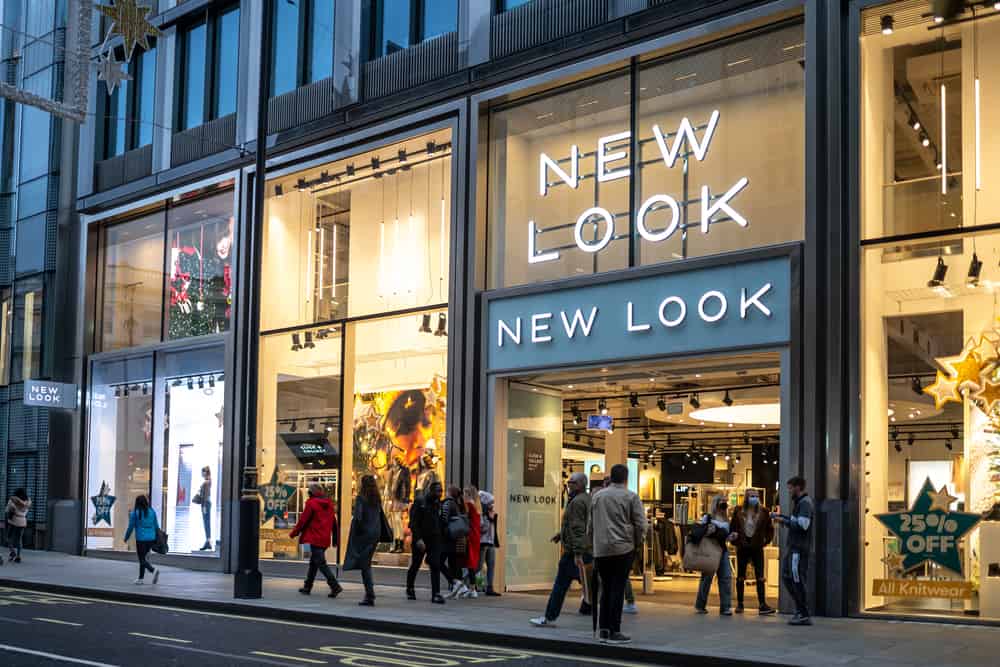The way people shop has changed dramatically over the past decade – and with it has come a change in how people pay. Is the next great step in retail going to be a move by retail brands into the e-money space? Scott Dawson, commercial director at Neopay thinks it could well be
Consumer behaviour is constantly evolving – it wasn’t •too long ago that in the retail world, bricks and mortar stores reigned supreme while even just the idea of shopping online seemed almost inconceivable. But with both the explosion of the internet and mobile technology, high street brands have had to be quick to develop a multi-channel approach. That is, if they have any hope of reaching the 77% of internet users and 72% of mobile phone users who wish to make purchases through these channels.
And, not only has the way we shop changed dramatically in recent years, the way we pay is changing too. Key innovations in the payments industry have made paying for our goods easier than ever, with the shift towards e-money and the emergence of contactless payment methods – both cards and via mobile phones – rendering the old chip and pin method defunct for many.
Add to this, the fact that the number of e-money providers has doubled in the last two years, and it seems it could be a lucrative market to enter. This then begs the question – is a step into e-money the next step for big brands?
A sea of opportunity
There is a tidal wave of innovation sweeping across the financial services industry and it’s coming at a time of heightened consumer frustrations with traditional banking institutions. As bureaucracy and red tape act as a hindrance to moving with the times, the big banks look like they may be drowning in the ever-expanding ocean of innovation.
In struggling to keep apace with emerging innovators, the traditional institutions’ slow uptake on the fintech front is leading to dissatisfaction amongst consumers. Research has damningly shown that over half of British consumers are unhappy with their bank while two-fifths believe that when it comes to the customer experience of banking, there is much room for improvement.
Identifying an opportunity, enterprising and dynamic new innovators are using customer frustrations to their advantage and offering alternative services to meet demand. Leveraging speediness and cost-efficiency, these fintech pioneers are racing ahead of traditional banks and carving out a name for themselves.
The brands already getting in on the act
With opportunities rife, there are brands that have been cashing in on the e-money trend. Creating mobile apps that are built to enable e-money transactions, these brands are blending seamlessly into their customers’ daily lives.
If we take Starbucks, for example, this global brand has created a prepaid mobile app for its customers to use in-store to purchase their coffee – an alternative to their prepaid loyalty cards. Customers are incentivised to load the app with cash, use it as a payment method and as a result are offered discounts and regular deals. In doing so, the brand becomes just part of a customer’s morning coffee run, part of their daily routine, whilst also building loyalty. Similarly, with the Trainline app, commuters can now buy travel passes and have these inspected on their phone.
Furthermore, we’ve seen a shift of retailers moving more towards contactless and near-field communication (NFC) payment solutions. Take Apple for example – it has launched its own Apple Pay service which allows users to make contactless payments with either their Apple Watch or iPhone.
In reality, there aren’t many brands out there dealing in e-money just yet. Interestingly though, beyond the West, there is a growing focus on mobile payments in the emerging markets. These are places where phones are more common than laptops and iPads and where mobile phone usage for remittance is more prevalent. It could be here where we see brands try to move more into e-money to reach these consumers.
Could financial regulation stand in brands’ path to e-money?
The regulators in the UK, such as the Financial Conduct Authority (FCA), are actively trying to encourage more innovation within the financial services industry – Neopay’s 100% success rate in assisting our clients with authorisations serves as evidence of that.
The UK regulators see the value in increased innovation – how it can create a more competitive marketplace and thus provide greater choice for consumers. And, given that regulators are wanting to create more of a customer-centric approach within the financial services industry, it makes sense that innovation is both made a central component of any strategy and safeguarded in regulation. Rather than standing in the way of brands wanting to wade into innovation, it’s likely the UK’s financial regulation will instead aide them.
Ultimately, for the brands wanting to get ahead of the pack in trying to tap into the e-money market, now is the time to do so. Research has shown more and more young people do not trust traditional banks – with one in three stating they would sooner trust a technology company, such as Google or Apple, with their e-money transactions. If a brand can find a way to fully integrate into consumers’ lives – as Starbucks has managed with its prepaid mobile app, then they will too will reap the benefits of a move into e-money.








